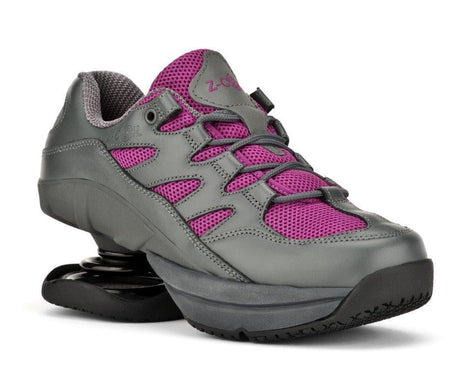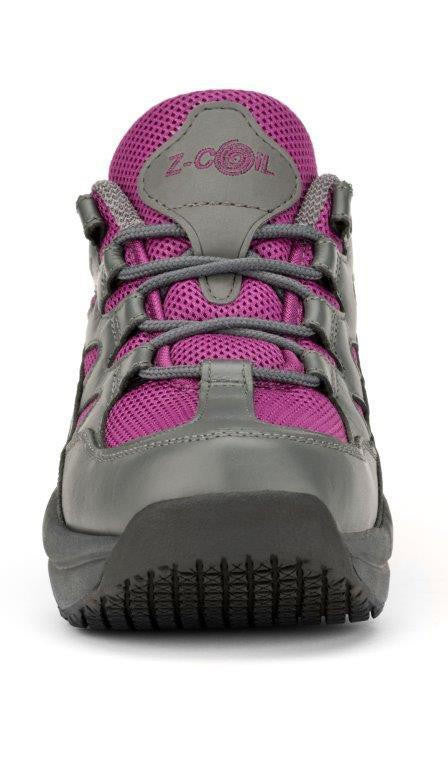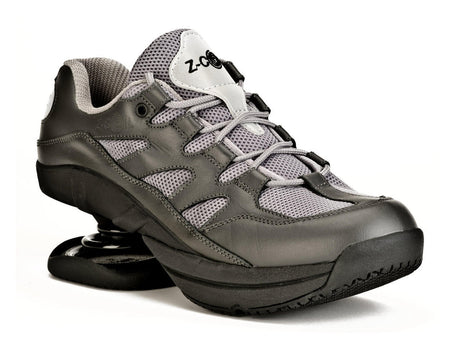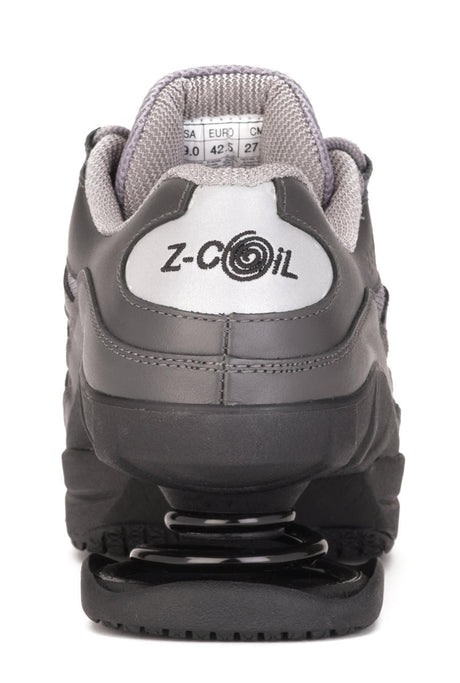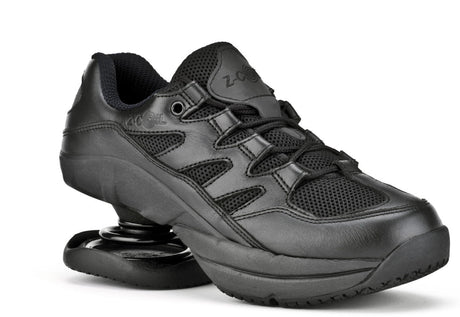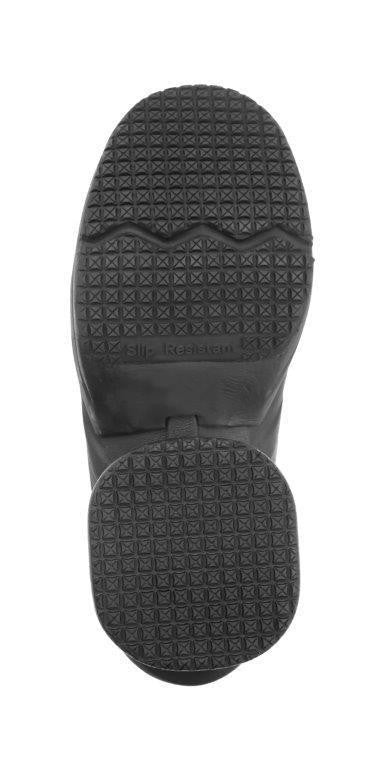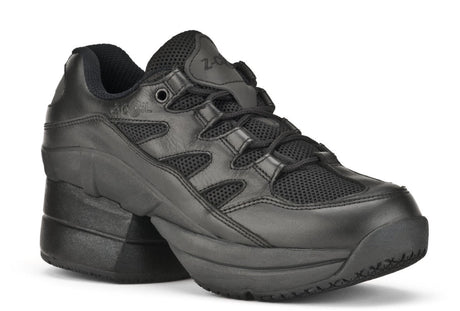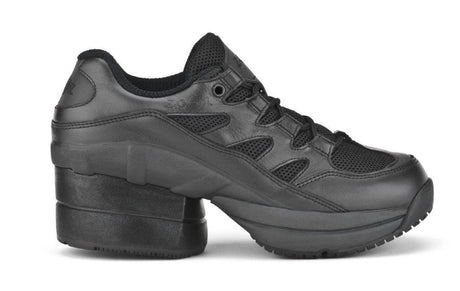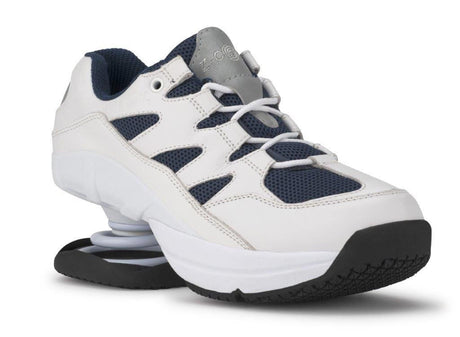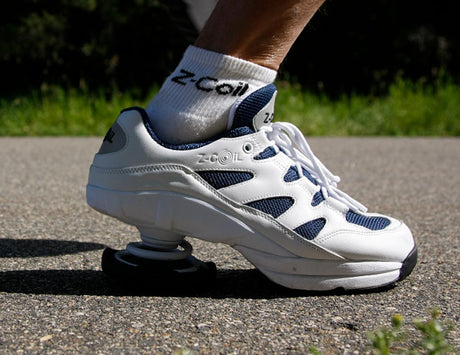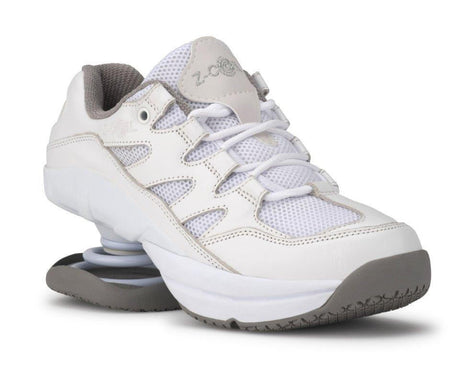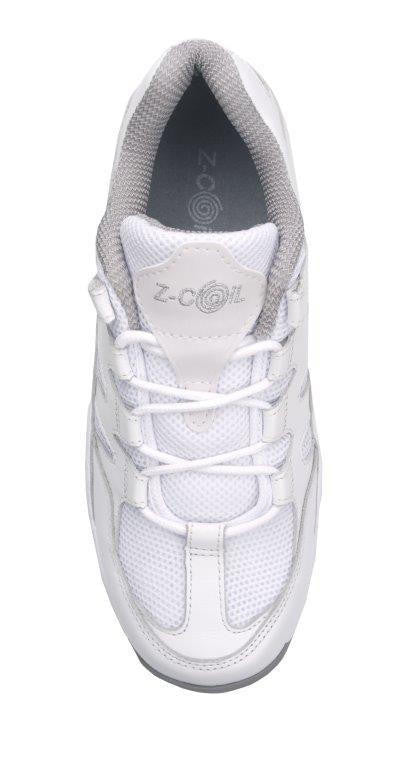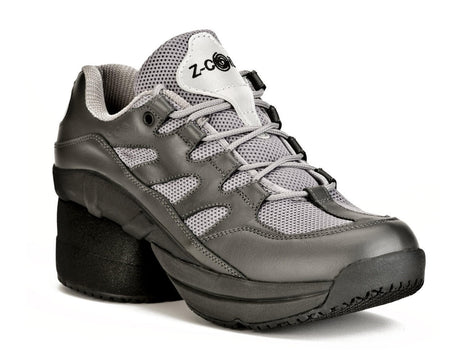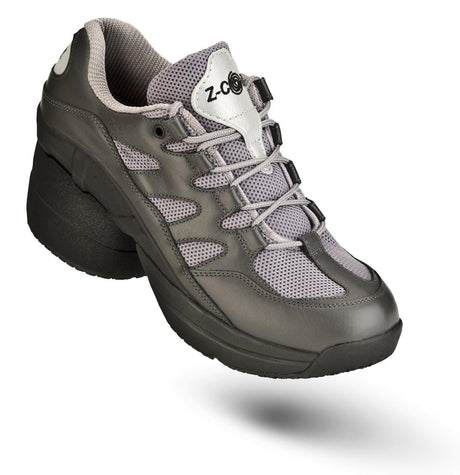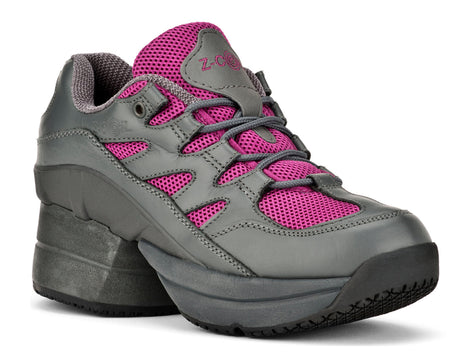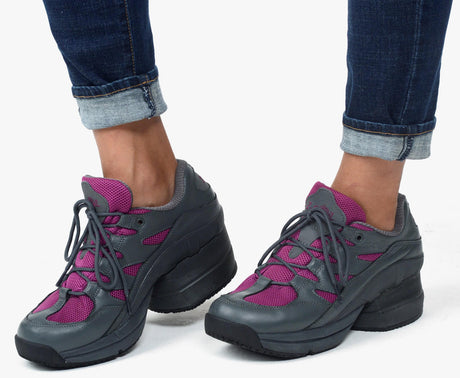Walking regularly not only provides a whole host of health benefits, it can also bring important financial advantages. With high gas prices making commuting more difficult, it’s time to remember that walking is the original renewable energy. If you can replace driving short distances with walking, you stand to save significant money.
For every mile you walk instead of drive, you’re not just saving the money you would have spent on gas. You’re also putting less wear and tear on your car, which means lower maintenance costs over time.
There are other costs that are less obvious. When you drive, you spend more money. It’s no secret that gas stations make most of their money selling food and snacks. That quick stop to pump gas usually means adding an impulse purchase or two to your bill. The fact is, driving can often be boring. And when we’re bored, we tend to eat and consume. Harvard Business School professor Clay Christensen famously found that 40% of milkshakes are bought in the morning by people on a long commute who wanted something to keep them busy. When you’re walking, it’s harder to make an impulse purchase, and you’re more likely to want water to keep you hydrated than a creamy milkshake.
But perhaps the biggest financial advantage to walking more is that you will spend less on healthcare costs over your lifetime. Studies have shown that people who exercise regularly will save anywhere from $800 to $1,900 a year in healthcare costs after they retire.
In our car-obsessed culture, the idea of walking instead of driving can sound fanciful and seem impossible. But here are a few tips to help you make the change.
Walk For Errands: take some time to figure out what kind of stores are within walking distance. You might be surprised by what you find. First, determine what your walking radius is. If you’re just getting started, a 1-mile radius is a good start. One mile in every direction from your house could cover a lot of ground. Is there a store where you can buy milk and other essentials? A pharmacy where you can pick up a prescription? A bank? Post office? Dry cleaner? Now try mapping a walking radius around your workplace, your children’s school, your gym, or anywhere else you spend time.
Walk To Commute: it may not be realistic to walk to work because it’s too far. But if you’re creative, there may be ways to replace some of the driving you do. Can you drive to a bus stop or commuter rail station, take public transportation, and then walk the rest of the way to work? Sure, it may add more time to your commute, but you may find it’s time that actually makes your workday better and feel shorter. It’s amazing what saying “good morning” to a dozen people as you walk to work will do to your mood. Not to mention the feeling that by walking you’re taking care of your health and therefore taking care of your family.
Start Small: if replacing driving with walking seems intimidating, start with small, achievable goals. For example, replace some driving with walking on your daily commute just one day a week. Maybe Fridays. See how you like it. Before you know it, you’ll want to do it two days a week. Same with errands. Is there one errand a week you can do by walking instead of driving?
Be Flexible: developing a walking habit is a lot like dieting, there will be good days and bad days, easy days and hard days. What’s important is to not get discouraged and to be adaptable. Is it raining on the day you set aside to walk during your commute? No problem, try again next week. Did you skip the easy walk to run an errand because you were tired? That’s ok. Focus on the next walkable errand and remind yourself of all the progress you’ve made. Every mile walked is an investment in your future. Walking is living.
Park Farther: when you’re looking for a parking space, try looking 3 or 4 blocks farther than you normally would. You’ll need to budget a few extra minutes to walk the extra distance. But it’s worth it. Four blocks doesn’t sound like much, but do it 5 times a week and it starts to add up. Going to the grocery store? Park at the far edge of the parking lot. The more you walk, the more you save. And did we mention that walking is a renewable resource? The more you walk, the stronger and better at it you get. Soon you’ll start parking 6 or even 10 blocks away, because your conditioning keeps improving and your pace is so brisk.
Wear The Right Footwear: walking is a lot easier if you’re comfortable while you’re doing it. If you’re going to be doing a lot of walking, you need shoes that are going to give your foot proper support, don’t squeeze your toes, and cushion your step. Z-CoiL Pain Relief Footwear does exactly that.
Keep Your Zs Handy: keep a pair of Z-CoiLs in your car. If you ever find yourself unexpectedly with some extra time, you might be inspired and decide to go for a walk. Keeping your comfortable walking shoes handy makes it easy.

